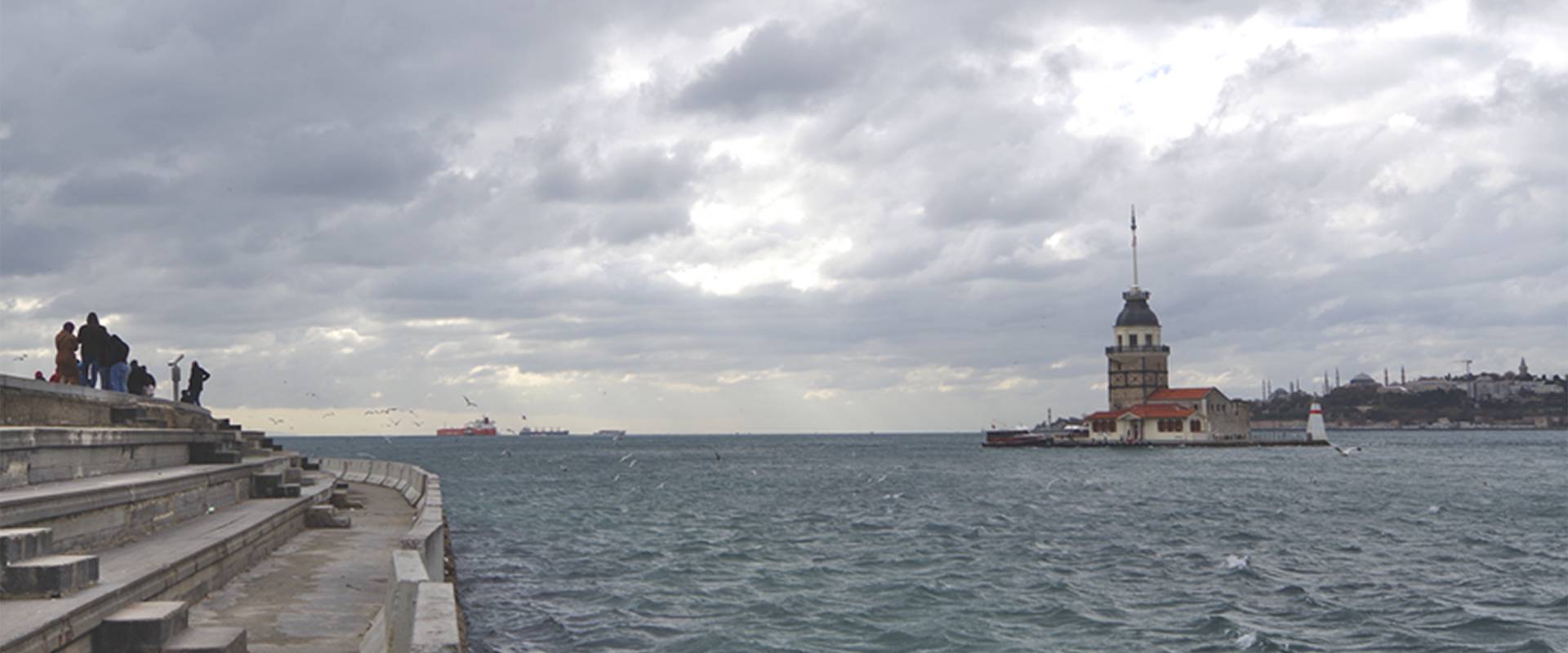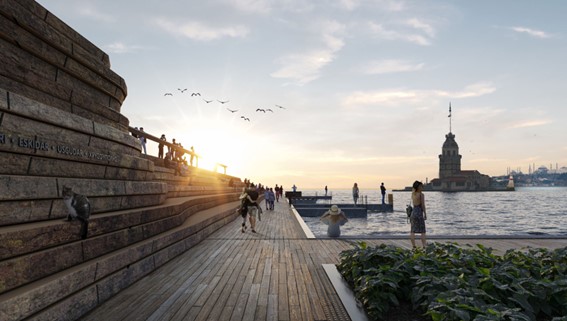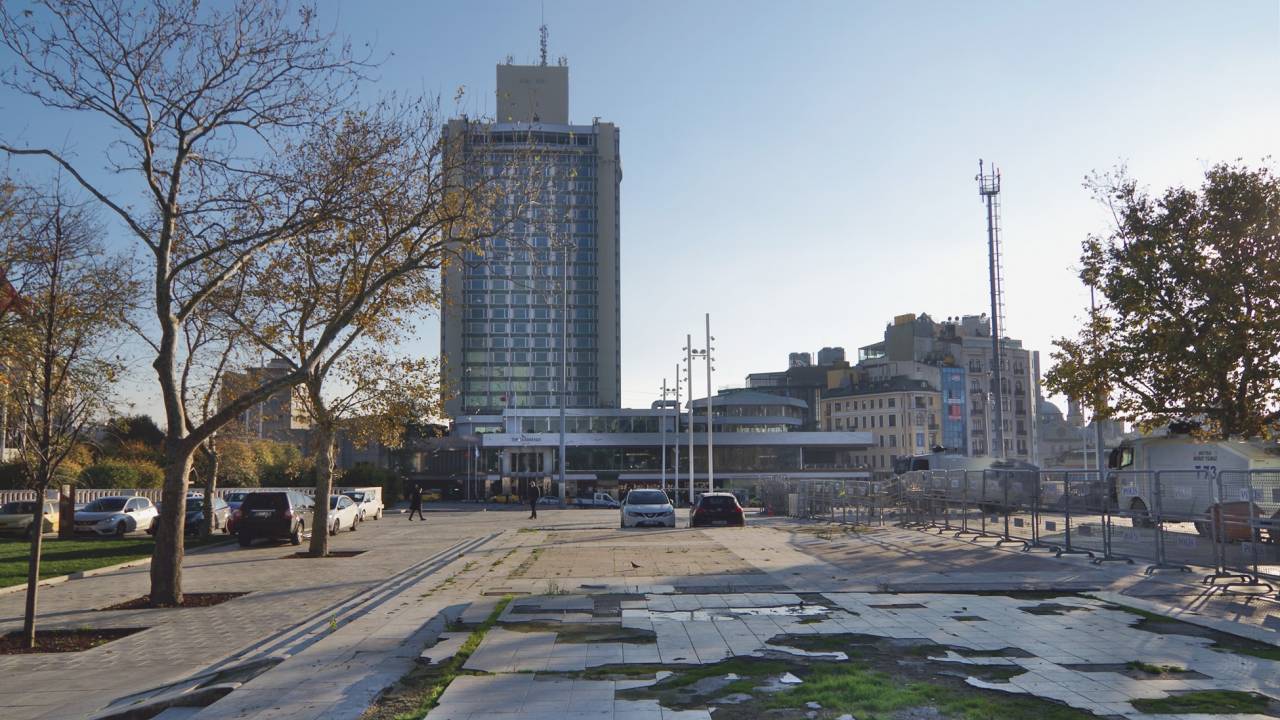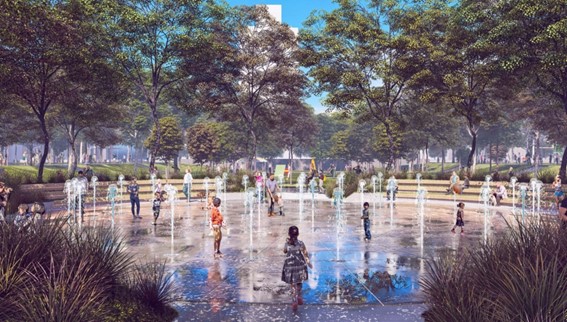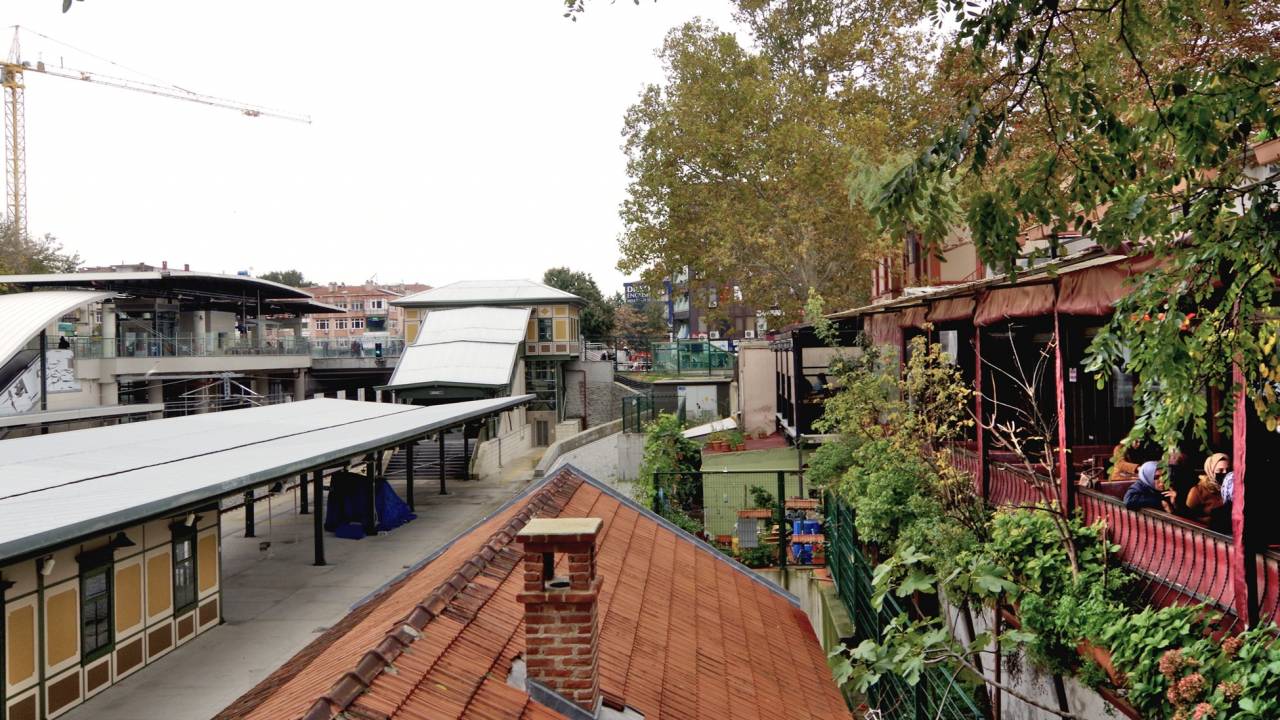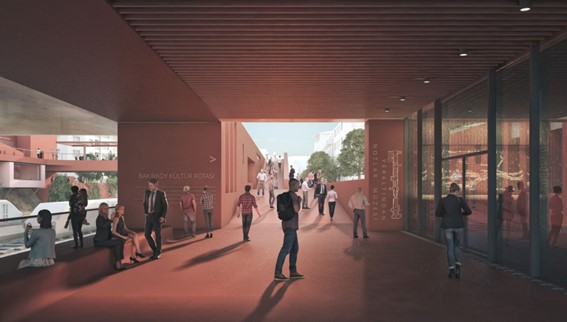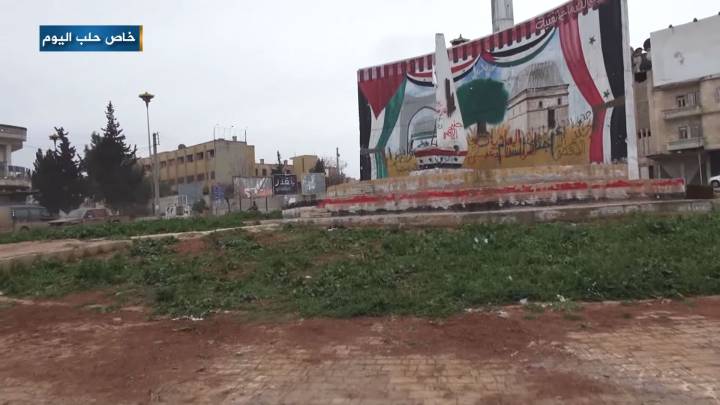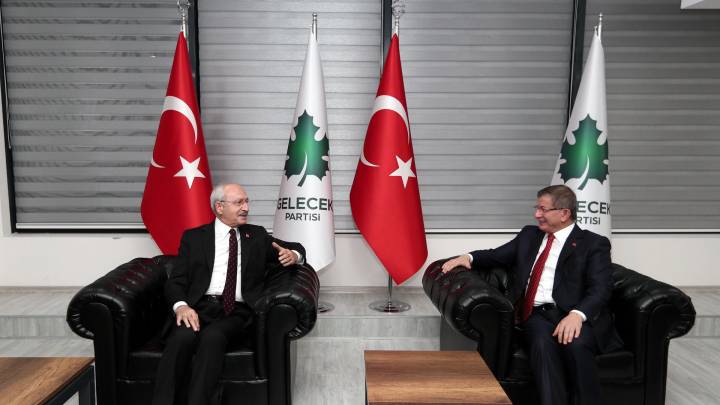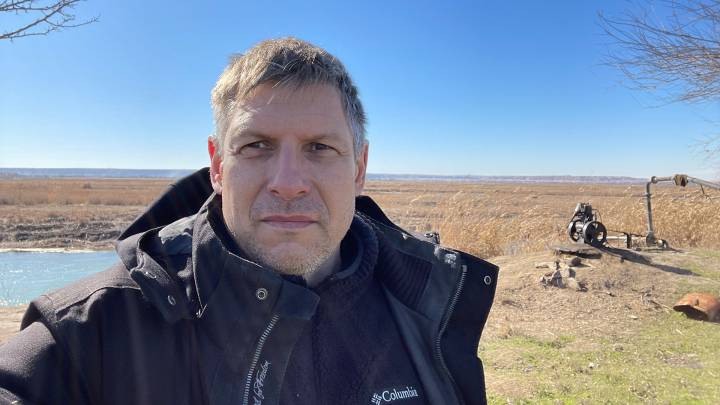Instead of planning new megaprojects, Istanbul’s new administration vows to improve the quality of life and to include its inhabitants in the decision-making process of urban redesign.
“When a man dies, he leaves behind a monument”, the prime minister of Turkey Recep Tayyip Erdoğan announced as he unveiled the Yavuz Sultan Selim Köprüsü (the Third Bosphorus Bridge) in 2018. Indeed, urban planning has always been a trusted instrument in the populist toolbox of authoritarian regimes.
There is a long history of autocratic leaders yielding influence over the built urban environment to convey an image of strength, capability, and decisiveness. Crucially, it represents a physical solidification of power forcefully enshrined into the identity of a place to last beyond the rule and lifespan of the respective demagogue.
In Turkey, urban planning has gone hand in hand with various other authoritarian strategies to enforce the centralization of power. These include the repression and persecution of public criticism and political opposition, the erosion and weakening of judicial institutions, the instrumentalization of Islamic and nationalist sentiments, and the influence and control over media and news corporations.
Urban planning is a particularly popular strategy for neoliberal authoritarian regimes suffering from economic and currency crises, as the construction sector is an effective jobs generator for an abundant and enthusiastic workforce. Hence, in many authoritarian regimes a close relationship between construction magnates and the highest echelons of government can be observed.
This relationship has shaped urbanity and facilitated the drive for infrastructural megaprojects in Istanbul. These megaprojects include the aforementioned Yavuz Sultan Selim Köprüsü (one of the world’s longest suspension bridges), as well as Çamlıca Camii (Turkey’s largest mosque with six minarets, opened for prayer in 2019), the new airport (construction began in 2018, estimated to be the world’s largest airport upon completion), and Kanal Istanbul (envisaged as a 43km long and 400m wide canal crossed by six bridges connecting the Black Sea and the Marmara Sea).
These megaprojects were devised without consulting local planners or directly affected communities and have been the subject of heavy criticism for their inflated costs and detrimental impacts on the environment.
In principle of course, a city the size of Istanbul needs urban planning projects. As the largest metropolis in Europe, Istanbul has undergone a rapid urban transformation fuelled by rural-urban migration and population growth over recent decades, resulting in an intense competition for space. However, the need for appropriate urban planning which reflects and responds to these dynamics has not been met. Istanbul is in the midst of a housing crisis, and the surrounding natural environment is consumed by uncontrolled urban sprawl.
When navigating this urban jungle by foot, the lack of pedestrian infrastructure, open public squares or green areas in which citizens can congregate and interact with each other without the need to consume is striking. This is not only illustrative of a neoliberal growth-centric planning paradigm, but also of autocratic governments viewing open space as a potential threat to their authoritarian rule.
A common Turkish proverb states that hope won’t be cut from the soul that has not expired. This soul was very much alive in 2019 when the majority of Istanbulites voted for the mayoral candidate Ekrem İmamoğlu of the People’s Republican Party (CHP), as opposed to Binali Yıldırım of Erdoğan’s Justice and Development Party (AKP).
Such was the significance of this loss of Turkey’s financial capital and most influential city that election officials, under insistence from the AKP, were pressured into annulling the results and had the elections rerun. Istanbulites responded by voting for İmamoğlu with a considerably larger margin than the first time.
In an attempt to deliver on the promise of improving the quality of life and access to public space for the residents of Istanbul, the “İstanbul Senin” (Istanbul is yours) project initiated by the İstanbul Büyükşehir Belediyesi (Istanbul Metropolitan Municipality) and the İstanbul Planlama Ajansı (Istanbul Planning Agency) appears to represent a radically different approach to urban planning.
After organising a public urban design competition, three architectural designs from a total of 233 submissions were selected for the remodelling of Salacak, Taksim, and Bakırköy respectively und put to a public vote. Over a period of 4 weeks, over 350,000 Istanbul residents expressed their preference for the submitted architectural designs through an online platform, and the winners were announced at the end of November 2020.
The first site selected for remodelling is Salacak, in the municipality of Üsküdar on the Anatolian side of Istanbul. With close-up views of the iconic Kız Kulesi (Maiden’s Tower), this is a popular stretch for visitors from other parts of Istanbul and further afar. Currently, the promenade is flanked by car parking areas making it cumbersome for pedestrians to access a somewhat dilapidated viewing platform.
The architectural design chosen by the residents of Istanbul boasts improved public transportation and pedestrian access, as well as recreational green spaces with jogging tracks, playgrounds and an amphitheatre for cultural events. The terraces, apparently inspired by the morphology of the cliffs, offer a venue for visitors to sit and relax. According to the architects, by imitating nature, this viewing platform strengthens the foundation against the threat of erosion from the Bosphorus, protecting the area from coastal flooding.
The second site chosen for remodelling is Taksim. Centrally located in the district of Beyoğlu in the heart of Istanbul, the square currently serves as one of the main transportation hubs with access to key bus and metro stations, and in close vicinity to Istiklal Caddesi (Independence Avenue), the main shopping street of Istanbul.
Historically, Taksim has been a popular meeting point for staging political rallies, meaning there has always been some police presence on the square. This has increased significantly since the Gezi protests in 2013, after which police barricades and heavily armoured riot vans were set up to prevent any attempts at holding political rallies.
The architectural design now selected by the residents promises to transform Taksim square into a recreational space for walking and resting. This is to be achieved through the addition of fountains, trees and green areas offering a refuge from the hustle and bustle of the surrounding area. In addition, a new pedestrian bridge with viewing terraces overlooking the Bosphorus will be created which connects Taksim with the nearby Maçka Park.
The architectural design specifically refers to implementing adaptable areas which will respond to the changing needs of citizens expressed and voiced through a participatory process organized by a newly formed Taksim Collective.
The third site is in Bakırköy, a predominantly residential middle-class area in western Istanbul in close vicinity to the Marmara Sea. The Bakırköy Cumhuriyet Meydanı (Bakırköy Freedom Square) is a critical transportation intersection, with a highway forming the north-south axis, and a railway forming the east-west axis.
Being located at a transportation intersection has resulted in disconnected neighbourhoods. The architectural design chosen is therefore part of a cultural regeneration in an attempt to reconnect these neighbourhoods with wide modern bridges and viewing platforms, as well as promoting cultural spaces and activities.
By giving its residents a say, the approach taken by the CHP in Istanbul represents merely one of numerous possible measures for a democratization of urban planning. Yet it can still be seen as a noteworthy antidote to the previous top-down approach taken by the AKP with its focus on opulent megaprojects, by shifting toward democratic participation and active citizenship. This could be a first step in encouraging greater social cohesion, increasing institutional legitimacy, and enhancing a communal sense of ownership in a state-society relationship marred by tensions and distrust.
There are of course legitimate concerns with this initiative. It is debatable whether the prestigious redesign of public spaces in predominantly middle- and upper-class areas with a hint of overpromise should be the priority in a city in desperate need of safe and affordable housing for underprivileged and marginalized communities, whose involvement in this project is unclear. The process regarding how firms will be awarded tenders has also not been made public yet, and steps need to be taken to make sure that construction is not marred by mismanagement and corruption.
Furthermore, there is the concern that the redevelopment of squares with such socio-historic significance such as Taksim reduces the essential symbolism for political opinion-forming and engagement. And finally, there is also little information available on the use of climate-friendly building materials, or adherence to any other sustainability criteria for that matter.
In addition, İmamoğlu will have to contend with a national government intent on making the CHP look incompetent and inefficient. Since the local elections of 2019, the suppression of opposition-led municipalities can be added to the list of authoritarian strategies employed by the Turkish government. This is manifested through the withholding of funds, the exclusion of local officials from decision-making and policy-planning processes, and public agitation.
Currently, contracts are being formalized along with the finalization of application blueprints and legal procedures for the chosen architectural designs. Only time will tell whether and how the AKP may try to influence the process. Meanwhile, the newest vote for a further remodelling site of the harbour area in Kadiköy has already been opened to the public.
David Samuel Williams is 2020/21 Mercator-IPC Fellow at Istanbul Policy Center, Sabancı University.
